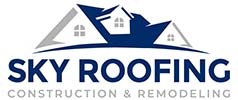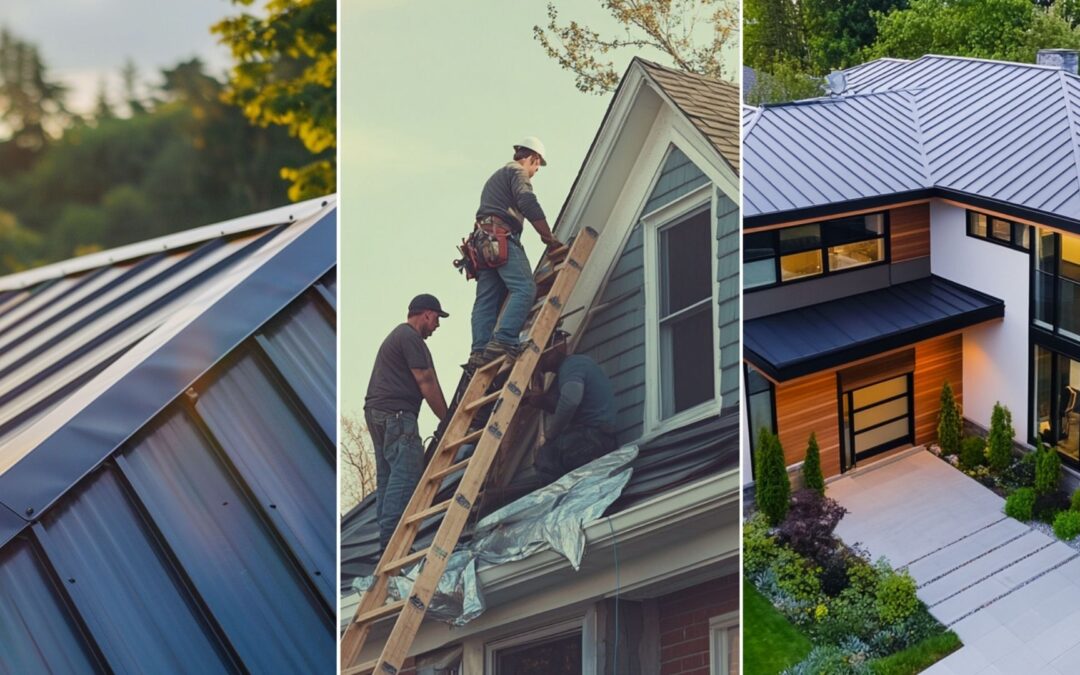Roof Infrared Inspections
Infrared roof inspections have emerged as a cutting-edge method for assessing the condition of roofing systems, offering building owners and managers a non-invasive approach to identify potential issues before they escalate into significant problems. Utilizing thermal imaging technology, these inspections can reveal hidden leaks, moisture damage, and insulation deficiencies that might go unnoticed during traditional visual checks. By detecting temperature variations across the roof surface, infrared surveys provide a comprehensive view of a building’s roofing integrity, ultimately contributing to more informed maintenance decisions and extended roof lifespan. There are numerous benefits and advantages of integrating infrared technology into roof inspection practices, as well as its proactive roofing management and overall building health.
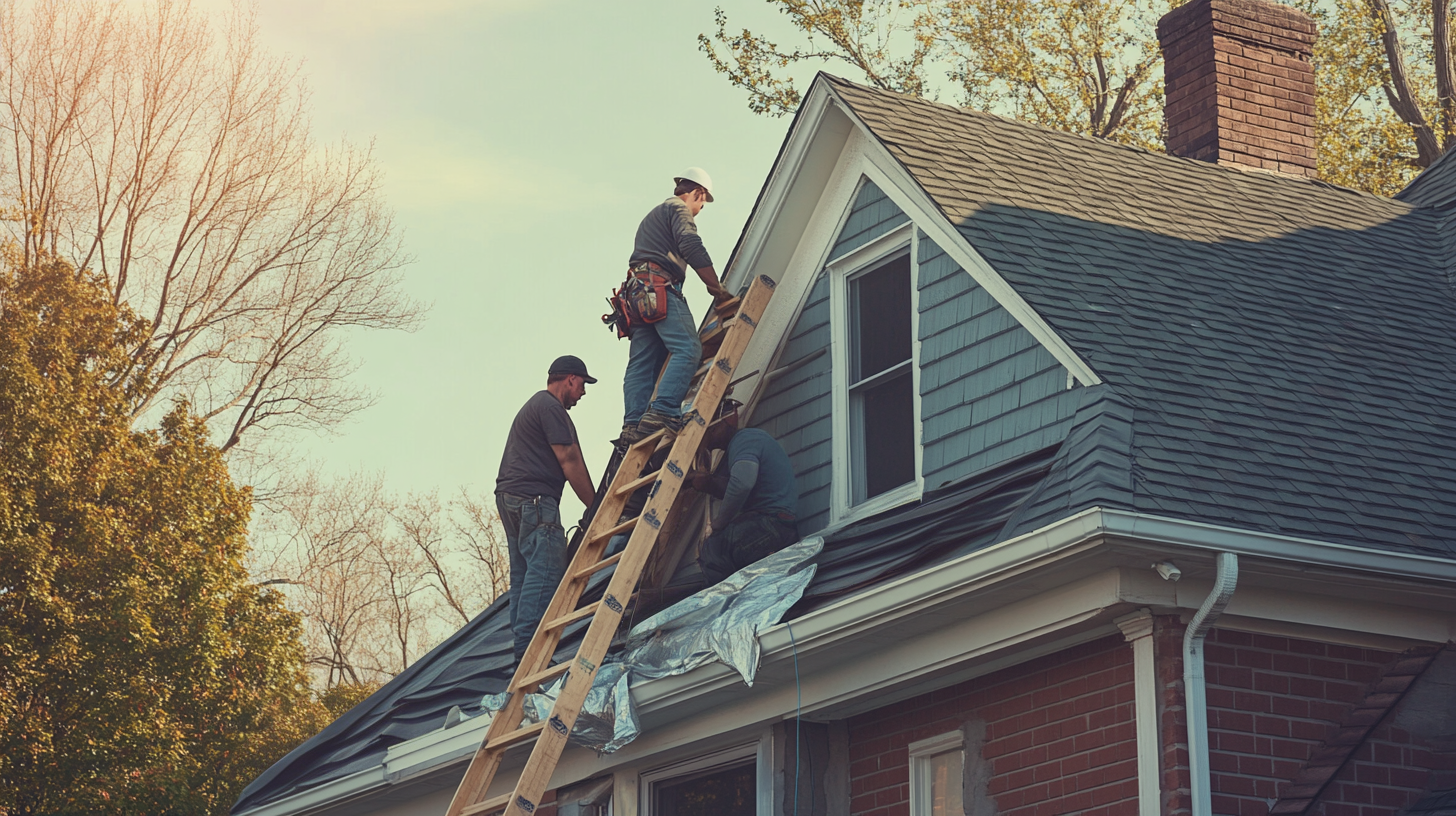
Infrared Surveys - Importance of Roof Inspections - Sky Roofing Construction & Remodeling
Importance of Roof Inspections
Regular roof inspections are vital for maintaining the integrity of any roofing system, as they allow for the early identification of potential issues such as moisture intrusion, which can lead to costly repairs and severe structural damage. Infrared thermography, often conducted through infrared roof surveys, is a powerful method used in these inspections. It detects temperature variances that indicate hidden problems like trapped moisture beneath the roof membrane or within the substrate. Infrared imagers help detect uneven heat dissipation, signaling the presence of moisture in areas that may not be visible during a standard inspection.
Both walk-over and aerial infrared roof moisture surveys are crucial in this proactive approach, especially for flat roofs. They enable professionals to uncover hidden vulnerabilities before they escalate into significant concerns. Property owners can ensure comprehensive preventive maintenance by tailoring inspections to specific roof types and conditions, such as flat roofs or other systems. This reduces the likelihood of needing roof repair and enhances the longevity and performance of their entire roof.
Infrared thermography is a powerful technology that utilizes infrared testing to identify temperature variations within roof systems. It is vital in detecting water damage and other issues, including wet roofs. Infrared cameras provide instant diagnostics by measuring thermal conductivity and infrared radiation emitted by surfaces, highlighting areas of concern. This non-invasive technique, often involving an infrared scan that generates an infrared image, minimizes disruption to the building structure and occupants and proves cost-effective and efficient in assessing the overall health of roofing systems.
This technology can save property owners thousands of dollars by detecting problems early and preventing major repairs over an extended period. Conducted by certified thermographers, infrared testing helps property managers and roofing professionals pinpoint even the slightest temperature fluctuations. This allows them to take proactive measures in maintenance and repairs, ultimately safeguarding the integrity of roofs and extending their lifespan. While often associated with roofing, the technology’s application can extend beyond, helping optimize systems like solar energy installations.
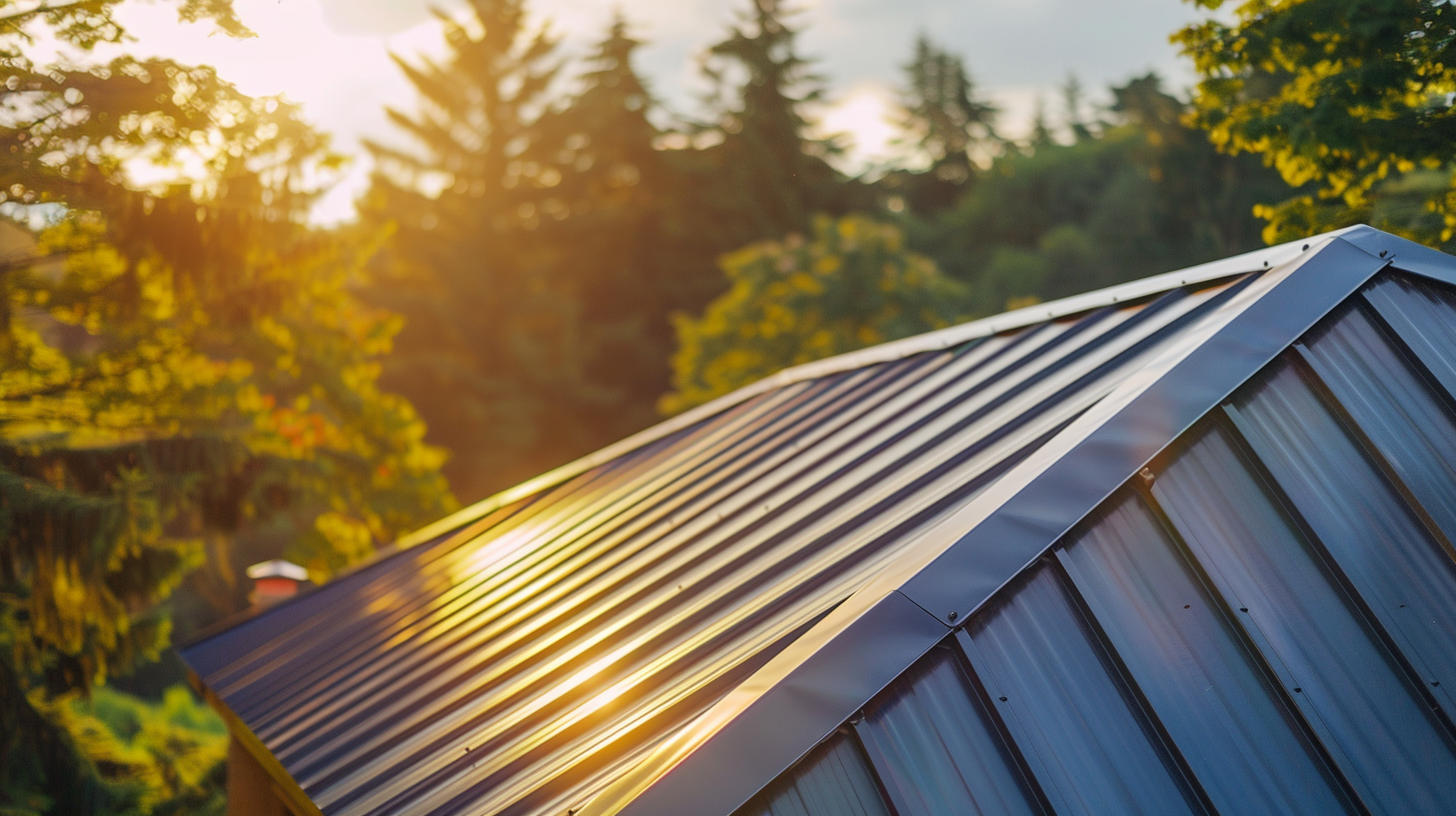
Infrared Surveys - Roofing Systems - Sky Roofing Construction & Remodeling
Understanding Roofing Systems
To fully appreciate the advantages of infrared roof moisture inspections, it’s essential to have a foundational understanding of roofing systems. Various materials and construction techniques contribute to the performance and longevity of a roof, and a comprehensive grasp of these elements allows us to identify potential vulnerabilities that may arise over time. By recognizing how different roofing systems function—whether flat roofs, sloped roofs, or made from materials such as asphalt, metal, or membrane—we can better interpret the results of infrared flat roof moisture surveys and the specific issues they can uncover.
For instance, aerial infrared flat roof moisture surveys are particularly beneficial for detecting trapped moisture in flat roofs. In contrast, roof moisture inspections effectively identify early signs of deterioration across slope roofs and flat roofing systems. Additionally, understanding the roof composition and the condition of roof coatings is crucial in determining whether repairs or a roof replacement may be necessary. This knowledge not only aids in diagnosing existing issues, such as roof leaks but also informs an effective roof maintenance program to ensure the roof’s longevity.
A clear understanding of roofing systems, supplemented by tools like roof drawings, helps property owners and managers make informed decisions. This ensures proactive measures to prolong the lifespan of their roofs and reduce long-term repair costs.
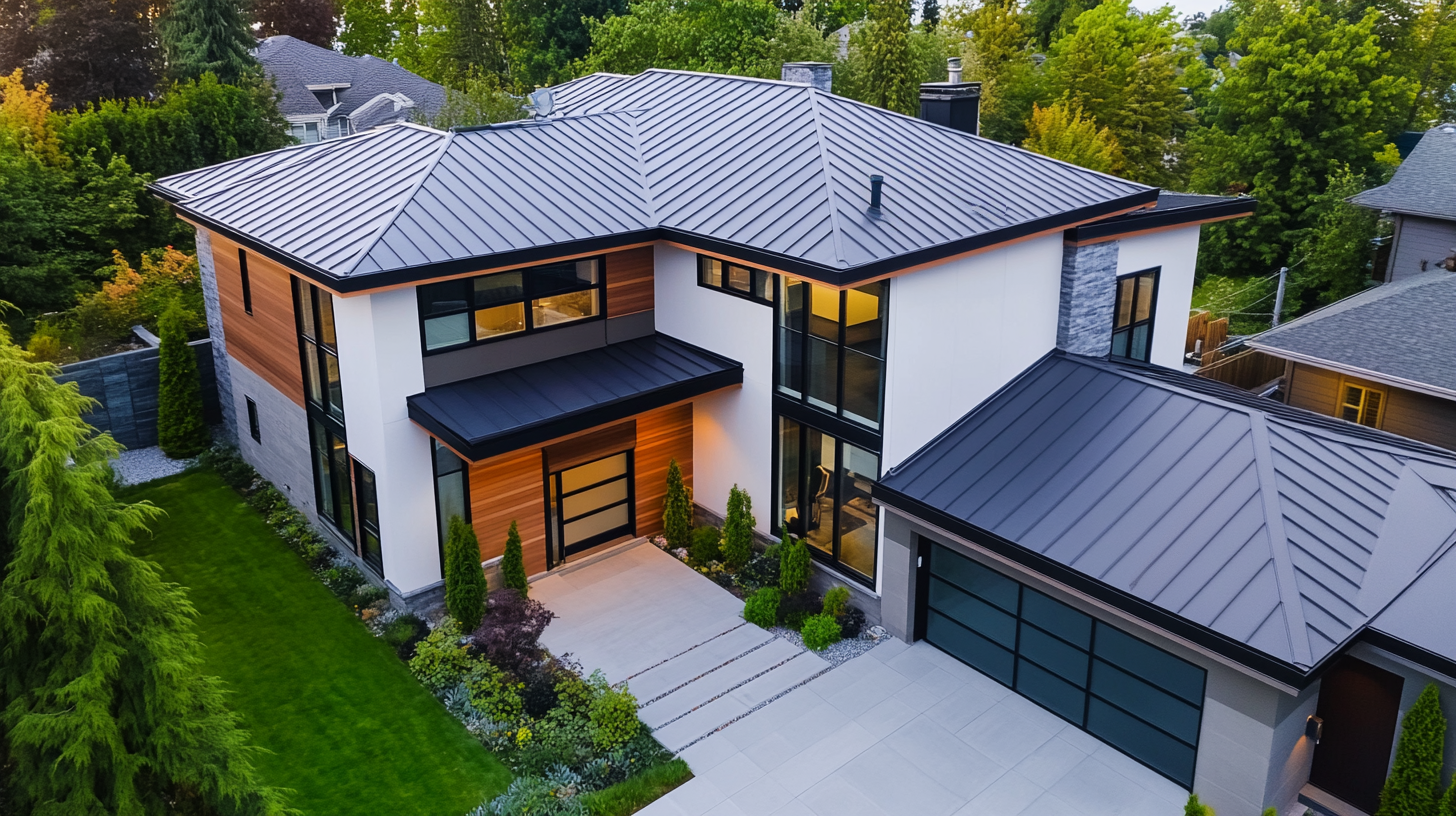
Infrared Surveys - Common Types of Commercial Roofs - Sky Roofing Construction & Remodeling
Common Types of Commercial Roofs
Infrared roof scans have become invaluable in maintaining and inspecting commercial roofs, particularly those prone to hidden moisture issues. Common types of commercial roofs—including asphalt built-up roofs (BUR) and EPDM (ethylene propylene diene terpolymer) mechanically attached systems—often exhibit characteristics that can lead to vulnerabilities, such as improper drainage or seam failures. These conditions can hide moisture accumulation, resulting in hidden leaks that, if left undetected, may lead to extensive damage and costly repairs.
Infrared moisture surveys utilize advanced thermal imaging technology to effectively identify these problem areas, providing property owners with a proactive approach to roof maintenance. By detecting moisture before it escalates into more significant issues, infrared roof scans play a crucial role in safeguarding the integrity of commercial roofs, ensuring their longevity and structural soundness.
Components of a Roof Assembly
Understanding the critical components of a roof assembly is essential for conducting effective thermal infrared surveys. A typical roof assembly comprises various layers, including the roofing membrane, insulation, and underlying structural elements. These components interact in complex ways, particularly regarding insulation effectiveness and moisture intrusion. Insulation is crucial in maintaining temperature control, while moisture can compromise the roof’s integrity, leading to potential damage and costly repairs. Infrared thermography helps identify areas of heat loss due to insufficient insulation and pinpoint moisture intrusion that may not be visible to the naked eye. Recognizing the interplay between these elements during inspections enables accurate assessments and informed decision-making, ultimately ensuring the longevity and reliability of roofing systems.
The Role of Insulation in Roofing
Infrared roof inspections have become an essential tool in modern roofing and construction services, allowing professionals to identify issues that may not be visible to the naked eye. One critical aspect revealed through these inspections is the role of insulation in roofing systems. Effective insulation contributes to energy efficiency and comfort within a building and is vital in prolonging the roof’s lifespan. By utilizing infrared technology, inspectors can detect moisture intrusion, air leaks, and insulation gaps, which can compromise a roof’s integrity. Understanding how insulation functions within roofing systems can help property owners make informed decisions about maintenance, repairs, and upgrades, ultimately leading to enhanced energy performance and reduced operational costs.
Roof inspections play a crucial role in maintaining the health and longevity of flat or low-slope roofing systems, particularly when understanding the differences between wet and dry insulation. Damp insulation can significantly compromise a roof’s energy efficiency and structural integrity, while dry insulation performs optimally to protect the building. Infrared thermography is an invaluable tool in identifying thermal variations that indicate moisture intrusion, allowing for early detection of potential issues. This technology reveals differences in temperature between wet insulation and the surrounding dry insulation, making it easier to pinpoint problem areas. Understanding how various insulation types respond to moisture can aid in developing effective maintenance strategies, ensuring the durability and performance of the roofing system. By recognizing the implications of wet and dry insulation, property owners can make informed decisions to safeguard their investments.
Impact of Moisture on Thermal Properties
Moisture can significantly influence the thermal properties of insulated roofs, posing a challenge to effective roof maintenance and performance. When moisture infiltrates a roofing system, it alters the thermal dynamics, leading to thermal anomalies that can be detected using infrared thermography. This advanced technology allows professionals to visualize temperature differences across the roof surface, identifying areas where trapped moisture has caused prolonged heat retention. These thermal patterns can complicate the maintenance of flat roofing systems, making it difficult to pinpoint problem areas and leading to potential structural issues if addressed. Understanding the effects of moisture on thermal properties is vital for maintaining roof integrity and ensuring long-lasting performance.
How Infrared Imaging Works
Infrared roof inspections have emerged as a vital tool in identifying hidden issues within roofing systems, offering a non-invasive approach to maintenance and assessment. As buildings age and weather conditions fluctuate, roofs can develop problems that are not immediately visible to the naked eye. Infrared imaging utilizes thermal technology to detect temperature variations across the roof’s surface, allowing experts to pinpoint areas of moisture intrusion, insulation deficiencies, and structural anomalies. This advanced method improves the accuracy of inspections and enhances decision-making for repairs or replacements. Understanding how infrared imaging works is essential for leveraging its benefits in maintaining the integrity and longevity of roofing systems.
Basics of Infrared Technology
Infrared roof inspections utilize advanced infrared thermography, which measures surface thermal energy to identify temperature variations across a roof system. By capturing thermal images, inspectors can detect areas where heat is retained or lost, which is crucial for assessing roof integrity. Radiational cooling is a critical phenomenon addressed in these inspections, where surfaces lose heat after sunset. In this context, areas with higher moisture content, typically indicating potential leaks, retain heat longer than their drier counterparts. This retention creates distinct thermal patterns that can be identified through thermal imaging, enabling precise leak detection and proactive maintenance strategies. By understanding the fundamentals of infrared technology and its application in roof inspections, property owners can protect their investments and enhance the longevity of their roofs.
Ensuring Roof Longevity with Infrared Surveys
Infrared surveys are essential for maintaining the health and longevity of your roofing system, enabling proactive maintenance and early detection of potential issues. By utilizing advanced thermal imaging technology, you can safeguard your investment and ensure your roof performs optimally (https://skyroofingconstructiontx.com). If you’re looking to enhance your property’s roofing with quality installation or inspections, contact Sky Roofing Construction & Remodeling today at (210) 942-9797. Let our experts help you protect your home and maximize the lifespan of your roof.



